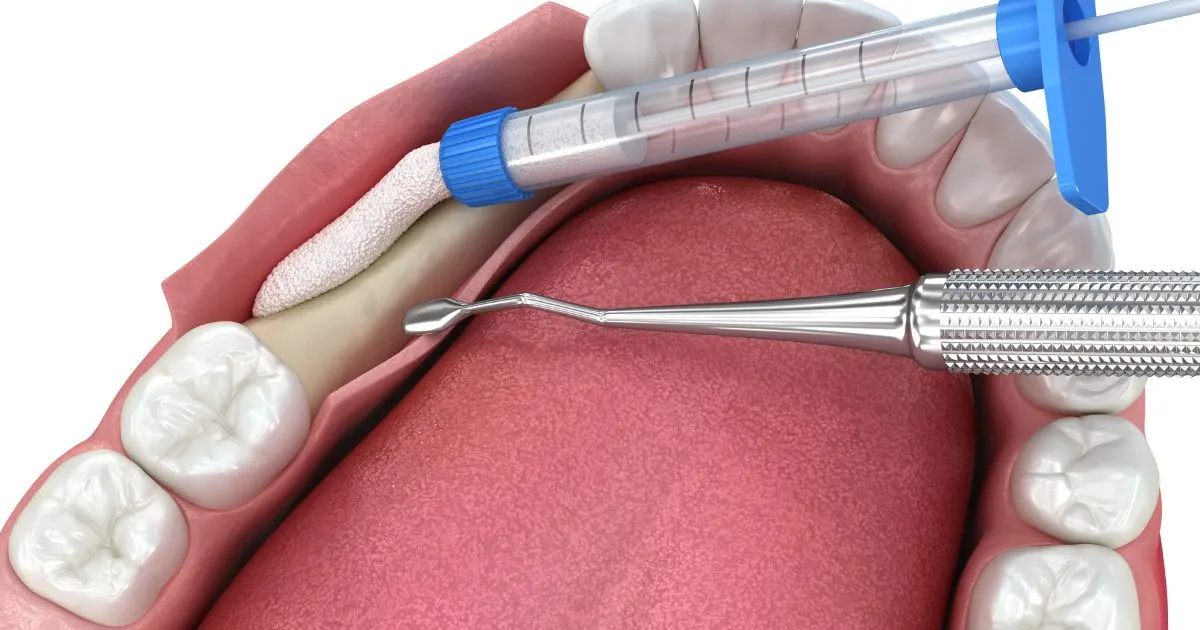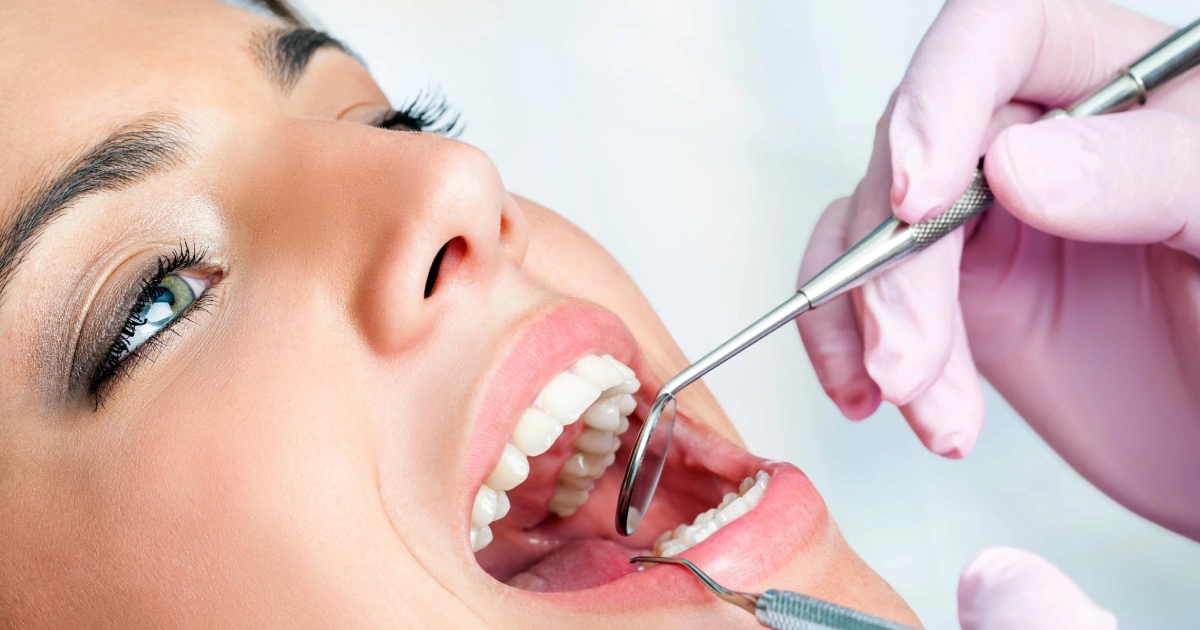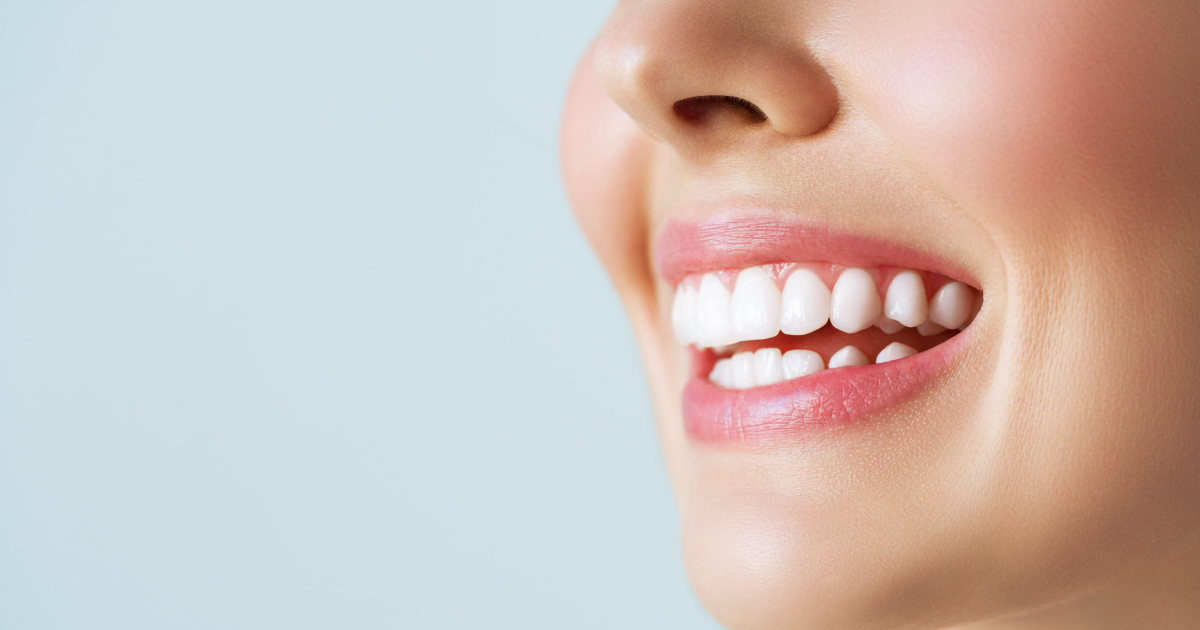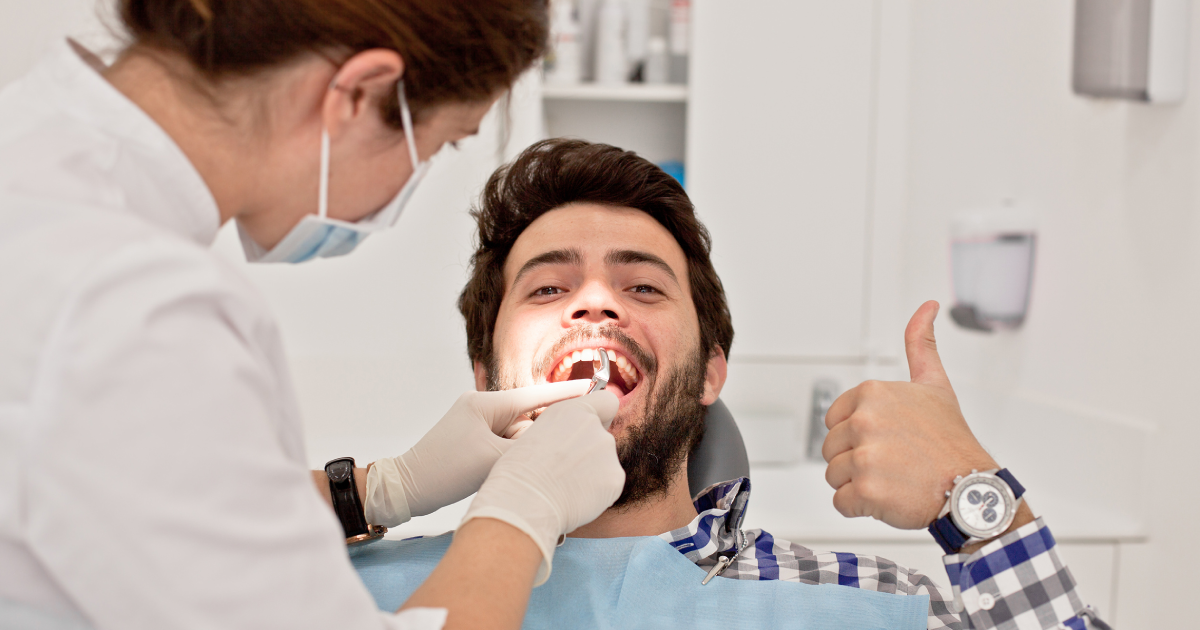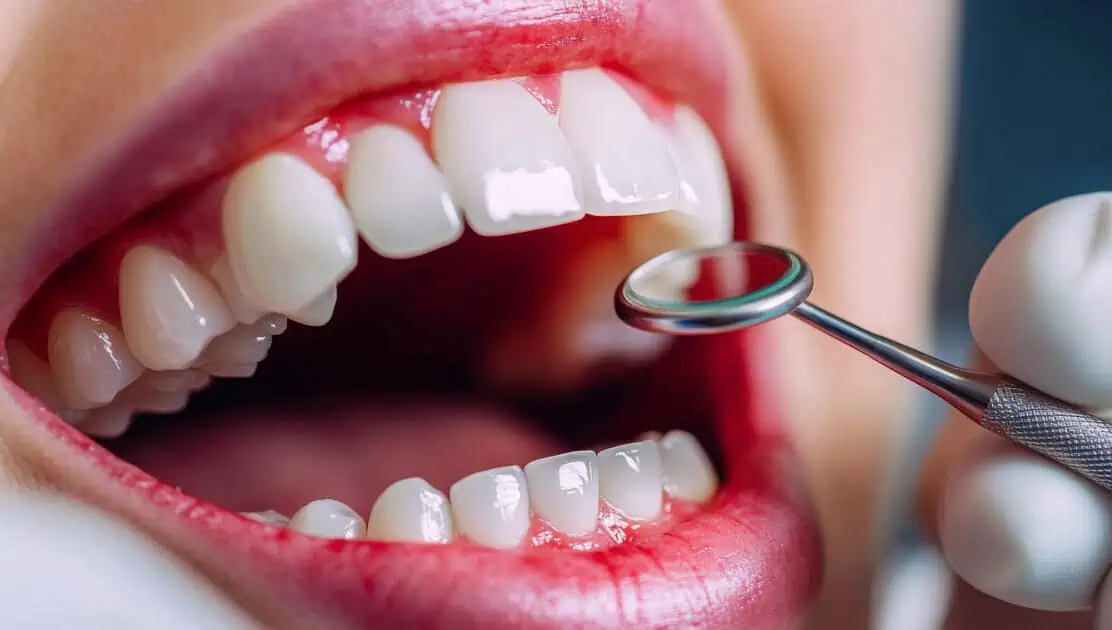Table of Contents
Receding gums don’t happen overnight. The tissue pulls back gradually, millimeter by millimeter, until suddenly, tooth roots are exposed and sensitivity makes eating cold foods unbearable. What started as inflammation from periodontal disease becomes structural damage that threatens tooth stability and creates aesthetic concerns that affect confidence.
Treating periodontal disease involves multiple approaches, from deep cleanings to bone regeneration. But when gum recession has already occurred, soft tissue gum grafting plays a distinct and critical role that other treatments can’t fulfill. At Periodontic Specialists by Solomon Dental in Mount Pleasant, SC, understanding how gum graft surgery fits into comprehensive periodontal care helps patients see why this procedure often becomes essential for long-term oral health.
Here’s how soft tissue gum grafting serves specific functions that address both immediate problems and prevent future complications.
1. Protects Exposed Tooth Roots
When gums recede, the roots of your teeth become exposed and more vulnerable to decay and damage. Soft tissue gum grafting covers those roots with healthy tissue, creating a natural barrier. This helps reduce sensitivity and lowers the risk of further complications.
2. Helps Halt Further Gum Recession
Gum recession tends to progress over time, especially in areas weakened by periodontal disease. A gingival grafting procedure reinforces the affected area, helping to stop the tissue from continuing to recede. This added support makes your gum line more stable and less likely to worsen.
3. Strengthens the Gum Barrier Against Bacteria
Healthy gums act as a natural defense against harmful bacteria that cause infection and bone loss. When that barrier is compromised, deeper tissues become more vulnerable. Grafting helps restore that shield and improve overall oral resilience.
4. Improves Gum Tissue Thickness and Resilience
Thin or delicate gums are more prone to damage and future recession. A connective tissue graft adds volume and strength to the gum line, especially in areas that have weakened due to disease or trauma. Thicker, healthier gums are more resistant to everyday wear and tear.
5. Supports Overall Periodontal Treatment Outcomes
Soft tissue grafting works best when paired with treatments like scaling and root planing that remove bacterial buildup. While those treatments clean and stabilize the area, gum graft surgery helps restore lost tissue and protect the results. Together, they support long-term success in managing periodontal disease.
6. Reduces Tooth Sensitivity
Receding gums expose the root surface, which lacks the protective enamel layer. That’s why many people with gum recession experience sharp sensitivity to cold, hot, or sweet foods. Grafting helps insulate those areas and makes brushing, chewing, and eating more comfortable again.
7. Restores a Healthy, Natural Gum Line
Many patients seek gum recession treatment not just for health reasons, but because recession changes the appearance of their smile. Grafting helps reshape the gum line to look more even and natural. This can make a big difference in both function and confidence.
8. Prevents Further Bone Loss
Exposed roots aren’t just a surface problem. They can lead to bone erosion underneath the gum line, especially in untreated areas. Grafting offers a way to slow or stop this loss by restoring the protective soft tissue layer above the bone.
9. Improves Long-Term Tooth Stability
Without a strong foundation, teeth can begin to loosen over time. As gums recede and bone is lost, teeth may shift or become unstable. Gum graft surgery restores part of that foundation and helps keep your teeth anchored where they belong.
Who Benefits Most from Soft Tissue Gum Grafting?
This treatment isn’t only for advanced cases. It’s often helpful for people with:
- Mild to severe gum recession caused by brushing too hard, genetics, or periodontal disease
- Tooth sensitivity due to exposed roots
- Aesthetic concerns caused by an uneven gum line
There is no perfect age for this treatment; what is most important is the health of your gums. If you notice changes in your teeth or have been informed of gum loss by your dentist, contact us at Periodontic Specialists by Solomon Dental to explore how grafting can be integrated into your periodontal treatment plan.
What to Expect: From Consultation to Healing
If this is your first time considering gingival grafting, here’s a quick overview of what the process typically looks like.
Before Your Appointment
Your periodontist will review your oral health and identify areas of concern. If soft tissue gum grafting is recommended, you’ll receive personalized prep instructions. This may involve pausing certain medications or adjusting your oral care routine.
During the Procedure
You’ll receive local anesthesia to keep you comfortable throughout the treatment. Tissue is usually taken from the roof of your mouth or a donor source and then placed over the recessed area. The graft is secured with sutures and left to heal naturally.
Aftercare and Recovery
Most patients return to regular activities within a few days. Swelling, tenderness, or mild discomfort are common but short-lived. You’ll be asked to stick to soft foods, avoid intense exercise, and follow careful hygiene guidelines for a smooth recovery.
Full healing takes a few weeks, but many patients notice benefits such as less sensitivity and improved gum appearance much sooner.
Why Soft Tissue Grafting Supports Periodontal Health
When it comes to gum disease, stopping infection is only half the battle. Procedures like scaling and root planing clean and stabilize the mouth, but soft tissue gum grafting helps rebuild what’s been lost. It’s often the missing piece in complete gum care.
Covering exposed roots protects teeth from further damage. Adding tissue back to recessed areas prevents additional loss and strengthens the gum’s ability to hold and protect your teeth. It’s a foundational part of treating gum disease that helps preserve your smile long-term.
Protect What Remains, Restore What’s Lost
Soft Tissue Gum Grafting in Mount Pleasant, SC, is more than just a cosmetic fix; it’s also a necessary part of repairing the damage caused by periodontal disease. This procedure restores protection, reduces sensitivity, supports bone health, and helps keep your smile stable.
Whether you’re dealing with discomfort, sensitivity, or visible gum recession, consulting with the best gum graft dentist can make a real difference in your oral health.
Restore your gum health – schedule a gum graft consultation today at Periodontic Specialists by Solomon Dental and take the next step toward protecting your teeth and rebuilding your gum line.

